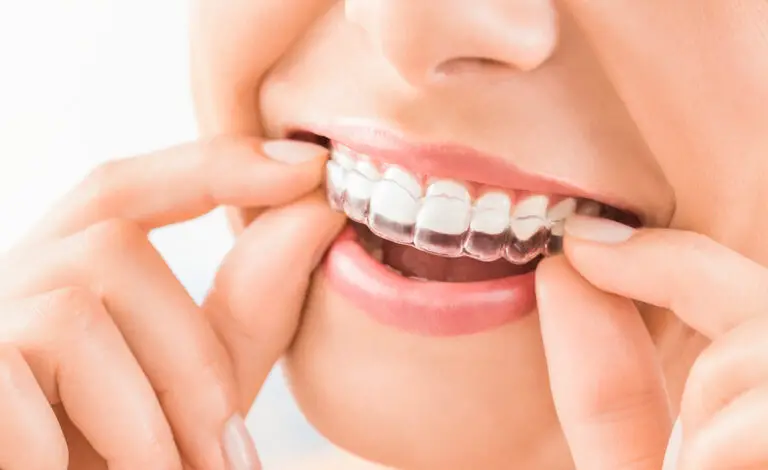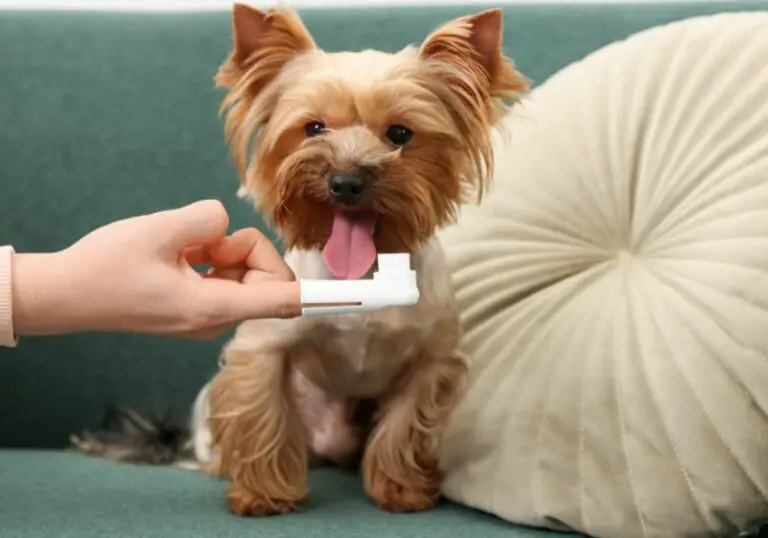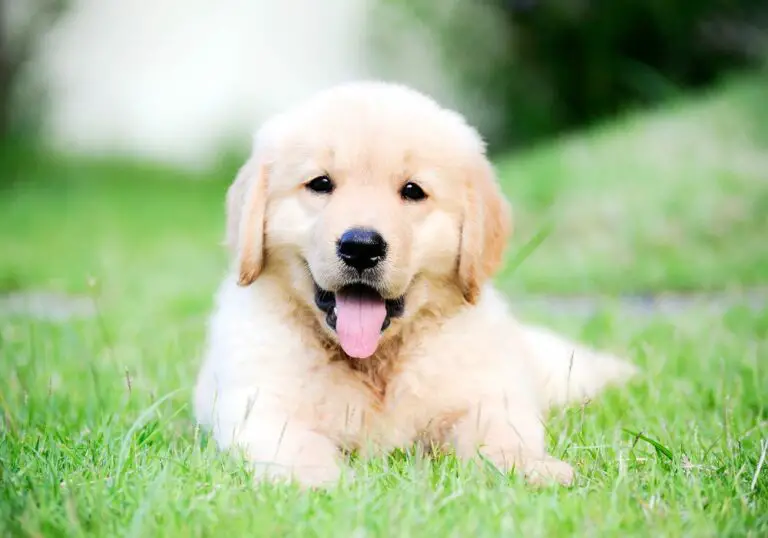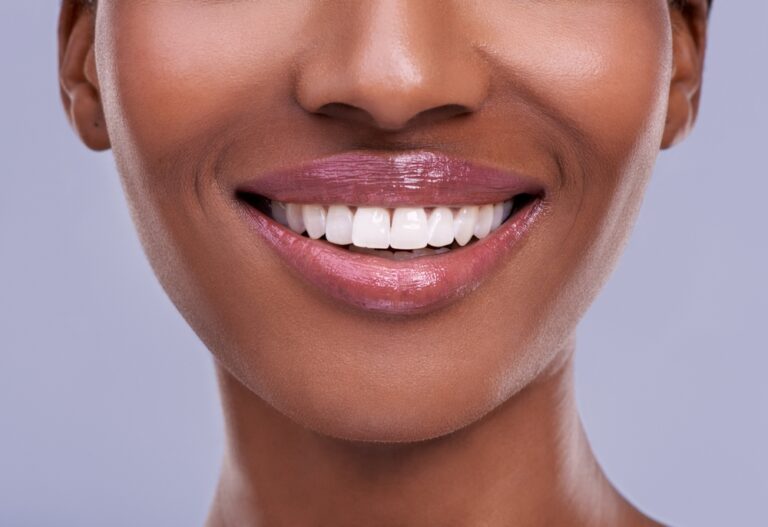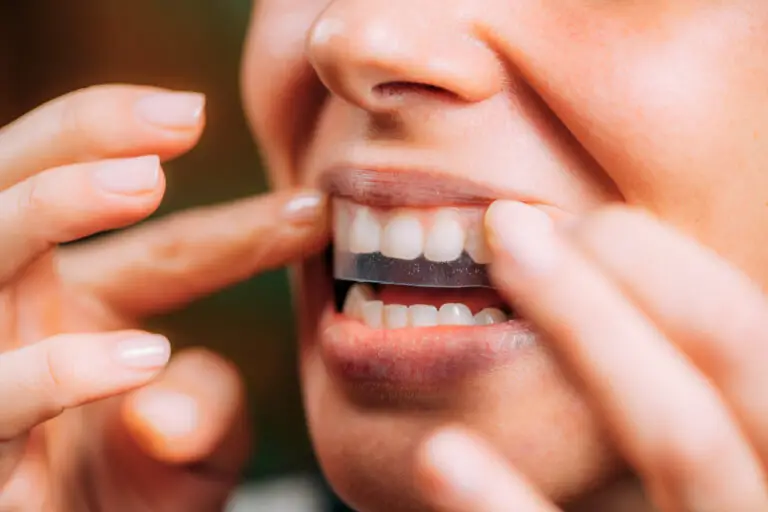The canine teeth, also known as cuspids, eye teeth, or fangs, are an important part of the human dentition. As their name suggests, they resemble the sharp, pointed teeth found in carnivores and are situated at four corners of the dental arch. But what exactly is the purpose of our canine teeth? In this article, we will explore the anatomy, functions, and evolution of the canine teeth in great detail to better understand why we have them.
Anatomy of the Canine Teeth

The canine teeth are the longest teeth in the human mouth. There are four canine teeth – two in the upper jaw and two in the lower. Let’s take a deep dive into the anatomy of these unique teeth:
Location
- The maxillary (upper) canine teeth are located distal to the lateral incisors and mesial to the first premolars in the upper jaw. Their roots point laterally.
- The mandibular (lower) canine teeth are located mesial to the first premolars and distal to the lateral incisors in the lower jaw. Their roots point medially.
- The maxillary canine crowns overlap the mandibular canine crowns slightly.
Crown
- The visible crown has a cone-shaped projection that rises above neighboring teeth.
- It has a pointed tip (cusp) and two rounded edges called cusp ridges.
- The lingual surface often has a pronounced vertical ridge called the cingulum.
- On average, the crown is 10.5 mm wide mesiodistally and 10.9 mm long incisogingivally.
- Female canine crowns tend to be narrower and shorter than male crowns.
Root
- The canine root is the longest of any human tooth – up to 1.5 inches long.
- It is generally single, straight, and conical. The apex is blunt and slightly angled distally.
- In rare cases, a maxillary canine may have two distinct roots.
- Maxillary canine roots can extend into the maxillary sinus above. Mandibular roots extend below the mandibular canal.
Pulp and Nerves
- The pulp cavity is narrow and tapered. It contains the blood supply and nerve.
- A rich neurovascular bundle enters the apex through the apical foramen.
- Branches extend up through the root canal system.
- The nerve fibers sense hot, cold, pressure, pain – making them quite sensitive.
Periodontal Ligament
- The periodontal ligament anchors the root into the alveolar bone socket.
- It is composed of dense collagen fiber bundles that attach to the cementum layer on the root surface.
- It provides sensory feedback about tooth position and loads during chewing.
- It also allows the tooth to move within the socket to dissipate chewing forces.
Functions of the Canine Teeth

So why do we have canine teeth? Here are the main functions of these interesting teeth:
Tearing and Gripping Food
The main purpose of the pointed canine teeth is to puncture, grip, and tear food during eating. Their sharp cusp tips and ridges allow them to slice cleanly through tough foods with high bite forces. The single long roots enable them to withstand the strong vertical loads during biting and chewing without fracturing.
In carnivores like lions and dogs, the canines are much larger and more blade-like for seizing prey. But they still assist humans in biting off and cutting pieces of dense, fibrous foods like meat.
Guiding the Jaw and Bite
Due to their prominent position at the corners of the dental arch, the upper and lower canine teeth work together to guide the relative motion of the jaws during chewing. As the jaws close, the lower canines slide against the distal surface of the upper canines. This interdigitating position helps maintain smooth occlusal function and stability.
The canines protect the posterior dentition by preventing excessive lateral movements that could damage the premolars and molars. They function as important anterior guides during excursive movements.
Speech Production
The position of canines lateral to the incisors provides space for the tongue to move during speech. This gap allows air to flow over the tongue and enables the enunciation of linguoalveolar sounds like “s” and “l”.
Aesthetics
Along with the incisors, the visible canine teeth play a key role in an attractive smile and full lip support. Their pointed crown shape also creates a youthful, vibrant appearance. The upper canines frame the midline and complement the central incisors.
Evolution of the Canine Teeth

The size and shape of canine teeth in humans has changed dramatically over the course of evolution. Observing how our ancestral species’ canines differ provides insight into their function:
Non-Human Primates
In apes, Old World monkeys, and New World monkeys, the canine teeth are much longer and more conical. The crowns extend far beyond the occlusal plane. Large canines serve for rooting, display, aggression, and fighting in primates. Male canines are also much larger than female.
For example, a male gorilla’s upper canine can be over 2 inches long! Their massive canines are used for threat displays and fighting for dominance.
Australopithecines
Early hominin species like the famous “Lucy” (Australopithecus afarensis) had thicker enamel and larger canines than modern humans. They exhibited minor sexual dimorphism and projected slightly beyond the plane of occlusion.
The australopithecines likely used their canines for some rooting behaviors, defense, and food acquisition.
Homo Species
Members of the Homo genus started showing major canine size reduction around 2.4-1.8 million years ago. Homo habilis maintained longer lower canines, while Homo erectus evolved to have canines about as large as incisors.
Neanderthals also developed relatively small canines. The reduction indicates they were losing their significance in fighting and defense.
Modern Humans
Our canine teeth today are quite small – just barely larger than the incisors. They exhibit minor sexual dimorphism but no longer extend beyond other teeth. This shows they have transitioned to primarily a food-slicing role rather than fighting or display.
Abnormalities of the Canine Teeth
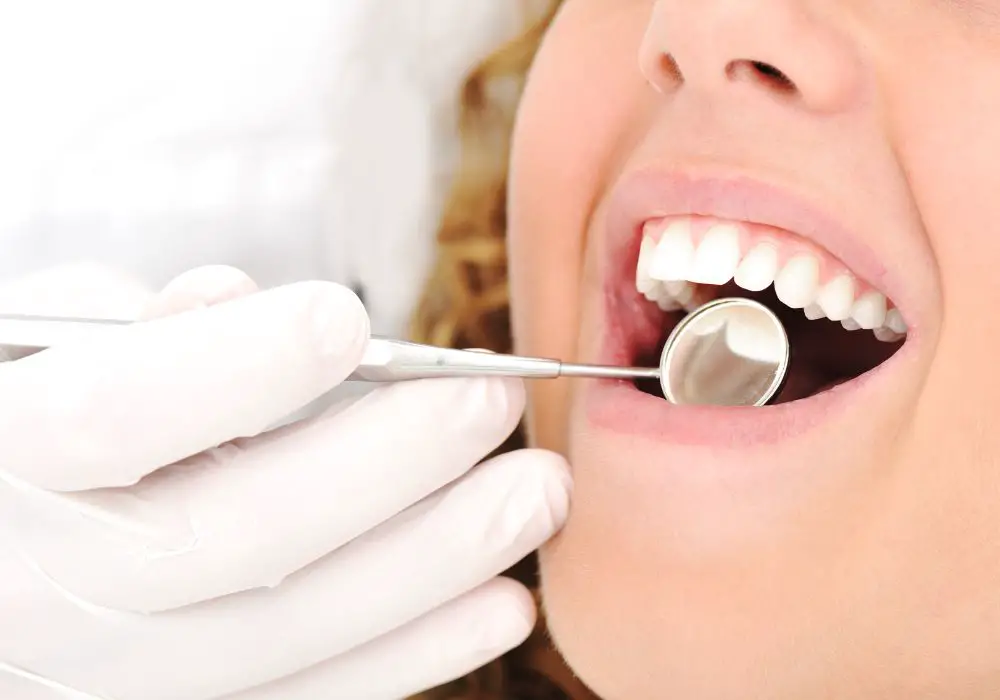
While most individuals have healthy, properly formed canines, some developmental or acquired abnormalities can occur:
- Impaction – The tooth becomes impacted against the root of the incisor and fails to erupt fully. This most commonly affects the maxillary canines. Surgical exposure and orthodontics are required.
- Ectopic eruption – The permanent canine erupts out of position, overlapping or lingual to adjacent teeth. Again more common in maxillary canines.
- Supernumerary canines – An extra canine tooth develops in addition to the normal pair, often erupting into the palate between the incisors and standard canines. May require extraction.
- Agenesis – Congenital absence or agenesis of one or both canines. Can involve genetic factors. The space will require a prosthetic replacement.
- Dilaceration – Traumatic injury to the developing tooth causes sharp bending of the root along its length. The tooth becomes non-vital.
- Enamel defects – Enamel malformation can lead to intrinsic staining, pits, grooves, or hypocalcification. Mild fluorosis also commonly affects canine tips.
Proper management of any canine abnormalities, often involving orthodontics or surgery, helps maintain their optimal form and function.
Maintaining Healthy Canine Teeth
To keep the canine teeth healthy and functioning well for life, the following care is recommended:
- Brush carefully along the vertical groove with a soft toothbrush and fluoride toothpaste twice per day.
- Floss once daily to clear plaque from between the canine and neighboring teeth.
- See your dentist for cleanings and oral exams every 6 months to catch any decay or gum disease early.
- Wear a custom mouthguard when playing contact sports to protect these vulnerable teeth from traumatic injury.
- Have any chips, cracks, infections, or orthodontic issues evaluated promptly by your dentist.
- Follow your orthodontist’s recommendations if canine exposure, alignment, or extraction/replacement is needed.
With diligent daily oral hygiene and regular professional care, your canine teeth can remain strong functional assets well into old age.
Conclusion
Our canine teeth play an important intermediary role in the dentition despite their small size compared to ancestral species and other mammals. Their specialized anatomy allows them to penetrate and tear foods, guide excursive jaw movements, enable clear speech, and add aesthetic appeal. Yet they require monitoring and care to prevent problems. Understanding the detailed structure, purpose, evolution, and proper management of the canine teeth allows us to appreciate why we still benefit from retaining these remnants of our distant carnivorous past. With conscientious oral hygiene and regular dental visits, your canines can help you enjoy eating and smiling for decades to come.
Frequently Asked Questions
Here are answers to some common questions about canine teeth:
Q: What age do canine teeth erupt?
A: The lower canine teeth typically erupt around age 9-10 years, while the upper canines emerge slightly later from 10-13 years. This delayed development makes them more prone to impaction.
Q: Do adult canine teeth keep growing?
A: No, the mature adult canine teeth do not continue to erupt or grow longer once fully erupted. But their roots do continue gradual development, dentin deposition, and apex closure until the late teens.
Q: Are canines essential teeth?
A: While not as critical as incisors and molars, canines do serve important biting, chewing, esthetic, and guidance functions. However, missing canines or extractions due to disease can often be restored with bridges, partial dentures, or dental implants.
Q: Can extracted canine teeth regenerate?
A: Unfortunately no, if a permanent adult canine is lost or extracted, it cannot regrow. The only option for replacement is an implant or bridge. However, a prematurely lost baby canine will have the permanent successor erupt to take its place.
Q: Which mammals have the longest canine teeth?
A: Wild carnivores like lions, tigers, wolves, and bears have the longest and most impressive canines, which they use for hunting large prey, fighting, and display. Among primates, mature male gorillas possess truly massive canines up to 2 inches long.

